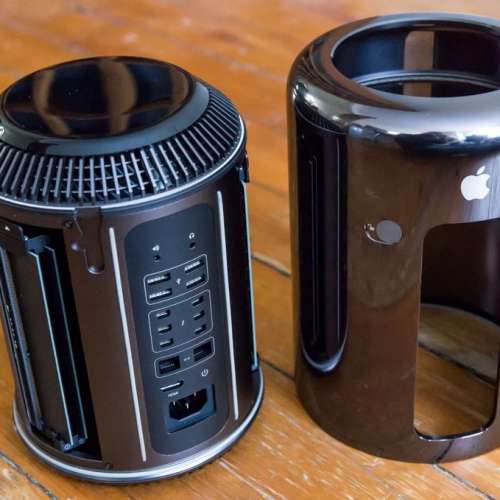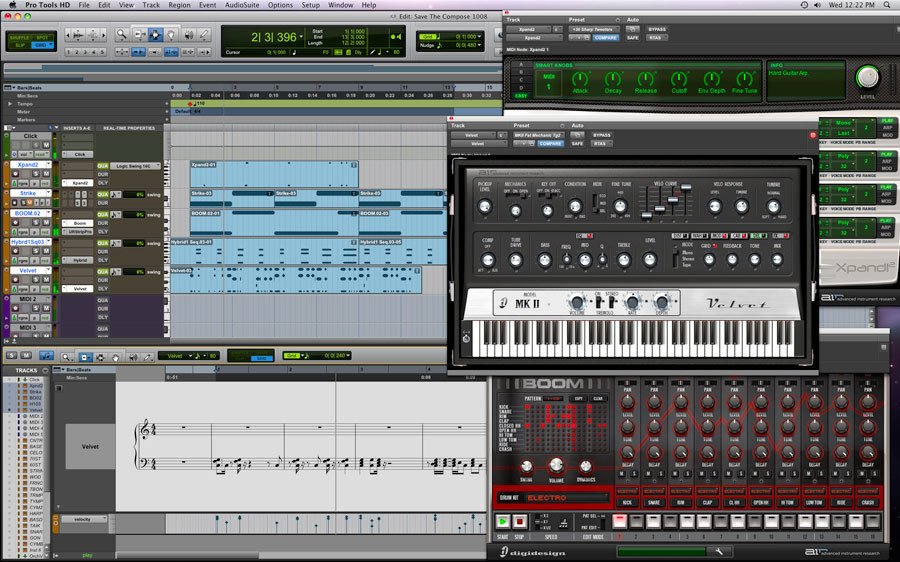


Creating web content isn't as complex or demanding as creating, say, 3D effects for a major movie or TV show, but that's a wide range of creators who might have benefitted from a Mac Pro a decade or two ago who definitely don't need to consider it today. It's something that The Verge's Mac Studio review did a great job of highlighting-staffers using apps like Premiere, Audition, Photoshop, and After Effects, Avid Pro Tools, and Blender all had nothing but good things to say about the Studio in relation to the Intel Macs and Apple Silicon MacBooks they were using to run those apps day to day. It's small, it's incredibly efficient, it runs relatively cool and quiet, and it manages to outperform maxed-out 2019 Mac Pro configurations in many workloads for less money. It's the first truly new Mac design of the Apple Silicon era, and it takes full advantage of the M1 (and soon, hopefully, the M2) series' performance and power efficiency.

The Mac Studio is probably the single best argument against the continued existence of the Mac Pro. Apple's high-end professional software has also faded during this era, and software packages from Premiere to After Effects to Blender to Autodesk Maya are either platform-agnostic or take advantage of hardware features like the Nvidia-exclusive CUDA API that Apple no longer offers. But it has been a long time since that was true, and other Macs have stepped in to fill that gap while the Mac Pro has suffered through its identity crisis. Retiring the Mac Pro would have been unthinkable a couple of decades ago, when G3 and G4 Power Mac towers were priced, specced, and marketed more like high-end consumer desktop computers than corporate workstations. And each of the last two updates-the "trash can" Mac Pro in 2013 and the reforged "cheese grater" version from 2019-have reflected a total shift in design and strategy.Īt this point, I'd like Apple to decide: either commit to a consistent strategy or vision for the Mac Pro and its place in the lineup or retire it. It has been a very long time since the Mac Pro was updated on anything close to a predictable cadence, especially if you don't count partial refreshes like the 2012 Mac Pro tower or the addition of new GPU options to the 2019 model. Waiting for news in the face of uncertainty isn't new to Mac Pro holdouts it has been a constant for the last decade-plus. The Extreme would have strapped two M2 Ultra chips together, in the same way that the current M1 Ultra is a pair of interconnected M1 Max chips, but as of this writing, Apple supposedly plans to ship the new Mac Pro with an M2 Ultra chip inside and focus on "easy expandability for additional memory, storage, and other components" to help the Mac Pro stand out from the existing Mac Studio. Further Reading Review: The Mac Studio shows us exactly why Apple left Intel behind


 0 kommentar(er)
0 kommentar(er)
